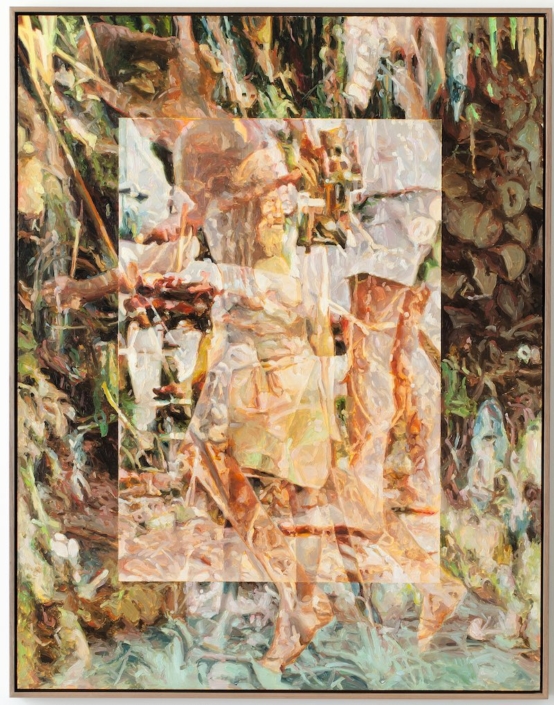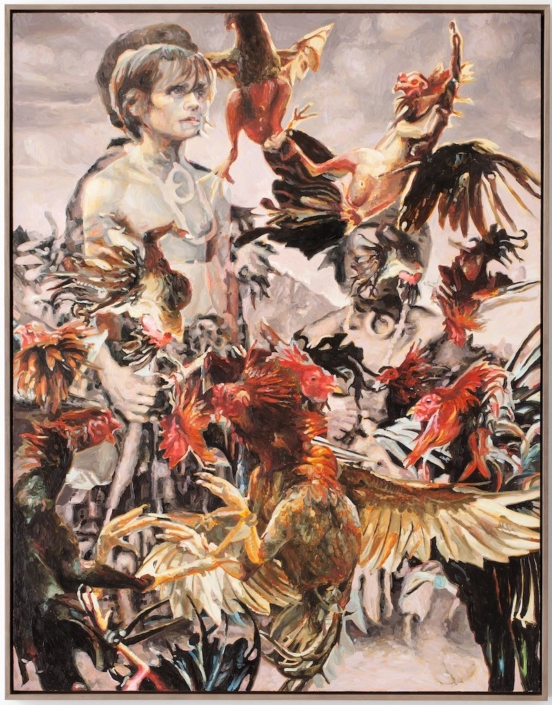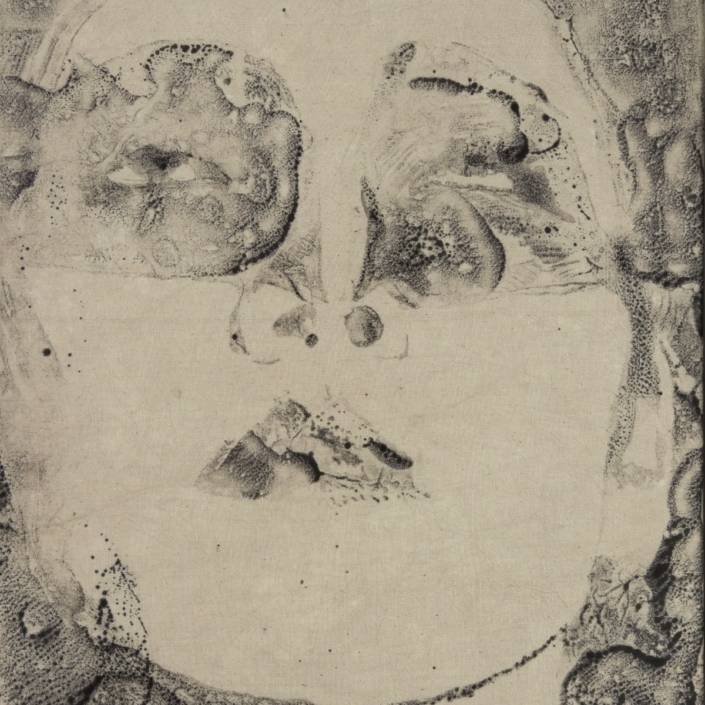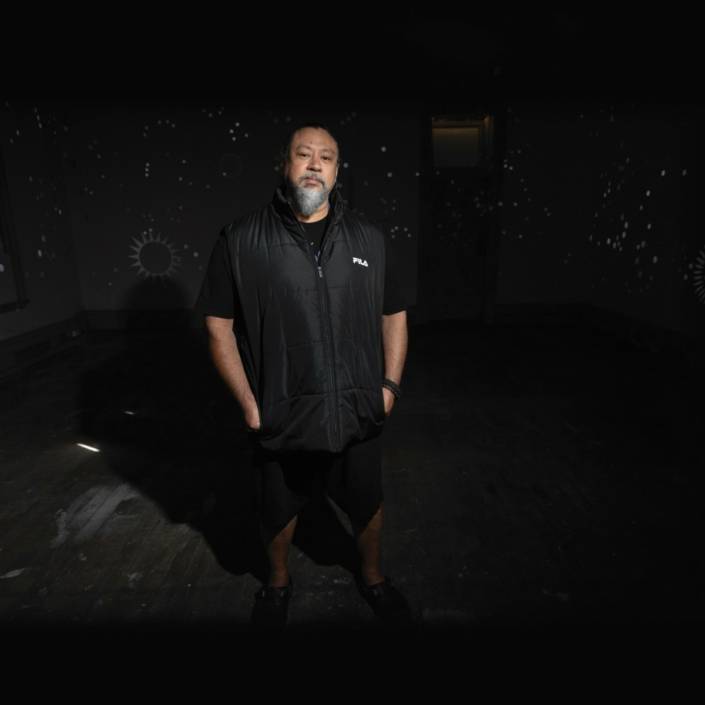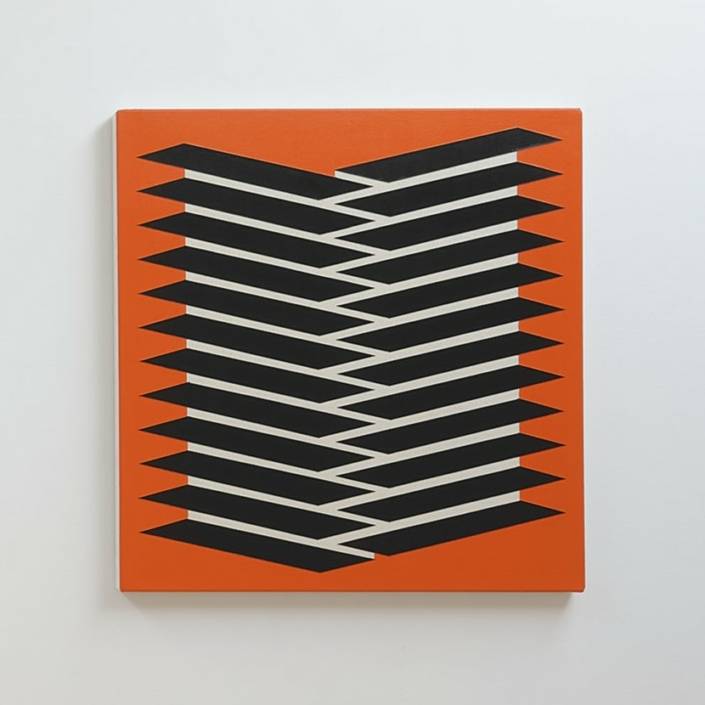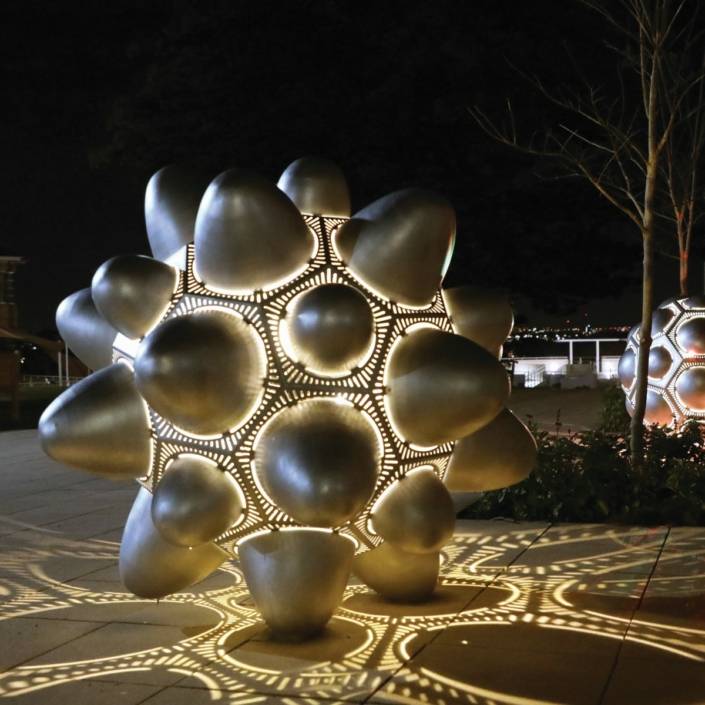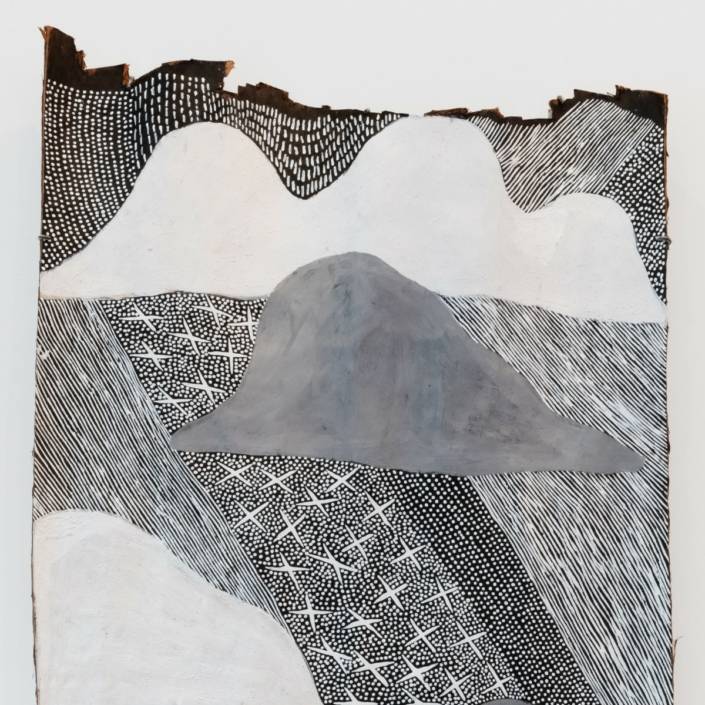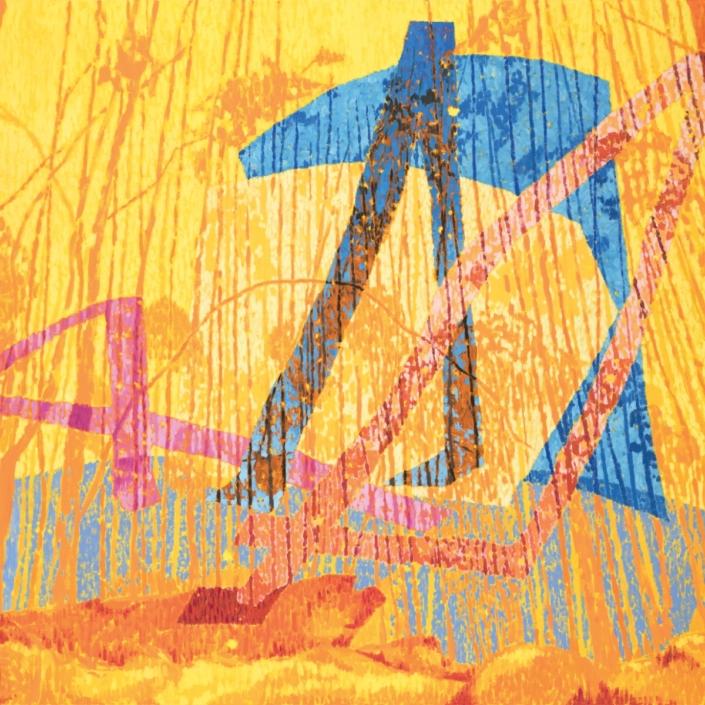New Directions: Julie Fragar
Julie Fragar’s painting practice – an apt term, because Fragar’s is a discipline repeated with rigour and tenacity – has often been described as autobiographical.
Words: Alison Kubler
Fragar’s ongoing project pushes her work to a kind of intellectual breaking point demonstrating what she is capable of with painting; so much. Her work is well represented in public and private collections, among them the Art Gallery of New South Wales, Queensland Art Gallery/Gallery of Modern Art and UBS. She has been curated into important exhibitions such as Optimism: Contemporary Australia at QAGOMA in 2008, Wilderness: Balnaves Contemporary Painting at the AGNSW in 2010 and Primavera at Sydney’s Museum of Contemporary Art in 2010. At this juncture in her career, Fragar’s work pulls no punches; her recent work is evidence of an artist flexing some serious painting muscle.
The paintings demonstrate a particular urgency of expression. There is a ferocity that suggests an artist in top flight. There are still the images of self and family but they are embedded with an imagined account of a true story, that of the first Fragar, Antonio de Fraga, whose journey from the Azores to Portugal via a shipwreck encounter with cannibals is told by the artist in vivid, confusing and confronting detail. This obfuscation of real and imagined is what Fragar refers to as the “oblique stuff of painting”. She explains: “The new works are a continuation the autobiographical paintings – in that they are concerned with the nature of autobiography and painting – but they are not quite so first-person. Conceptually they are more playful … [they] pick at the edges of authenticity and myth making, which are both potent question in terms of painting and autobiography.” She adds: “For now I’m enjoying feeling like a director rather than a performer.”
Ambitious and accomplished, densely layered – or rather as Fragar notes “not layers but many images knitted together in one go” – the paintings are large and maddening in their detail and are evidence of the artist at her most gut wrenchingly visceral. Penned Like Chickens Eaten Like Chickens (Fiji), 2014, for example, imagines the horror of the protagonist as he witnesses the cannibalisation of his shipmates, as well as his ultimate survival, via the gaze of a child (or is it Fragar herself?). The chickens, half plucked, beat around the canvas in clucking distress. This blend of biographical fact and fiction creates a new kind of history painting. About this new direction in her work Fragar says the feeling in the studio right now is “electric”. Certainly these visceral new works are kick-in-the-guts good.
Image: Julie Fragar. Photography: Zan Wimberley
This article was originally published in Art Collector issue 71, JAN – MAR 2015.


